There are many even large and compact, bright and modest shade-loving, decorative deciduous and flowering plants that will fit a dark hallway.
For example, those that can take root and grow in the shade or partial shade:
- Sansevieria (Snake Plant)
- ZZ plant
- Dieffenbachia
- Maranta or Prayer plants
- Aglaonema
- Spider plants
- Ferns
- Philodendron
- Syngonium
- Ivy
- Anthurium
- Spathiphyllum (Peace Lilly)
- Monstera
- Fatsia
Sansevieria (Snake Plant)
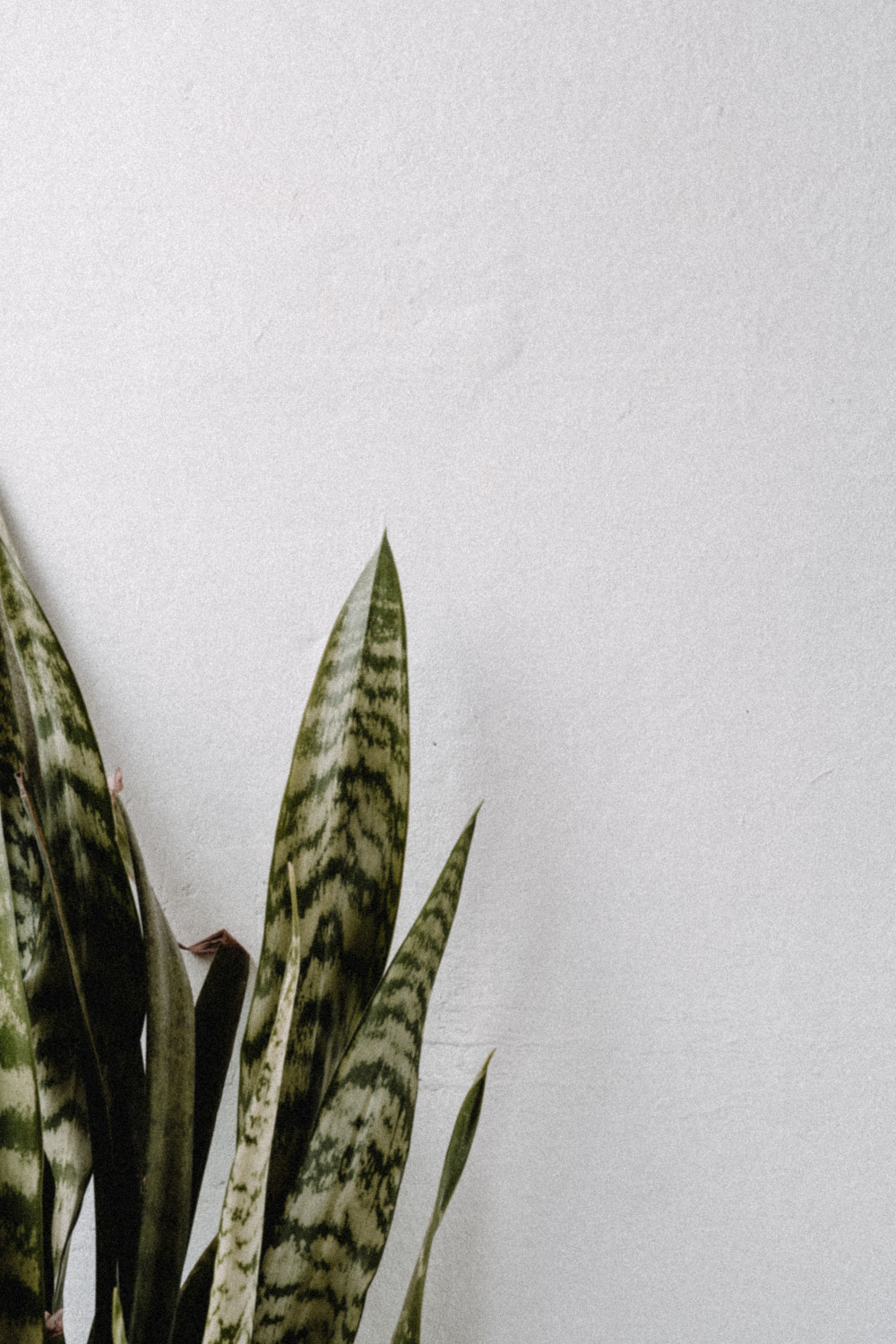
Sansevieria will grow where it was placed - in deep shade or in the sun, she doesn’t care about tobacco smoke and drafts. In good conditions, it grows quickly and forms a dense "palisade".

In favorable conditions, sansevieria blooms, throwing out long "candles" of white and yellowish inflorescences.
The Snake Plant tolerates low-light but would grow faster under indirect lighting
Zamioculcas or ZZ Plant
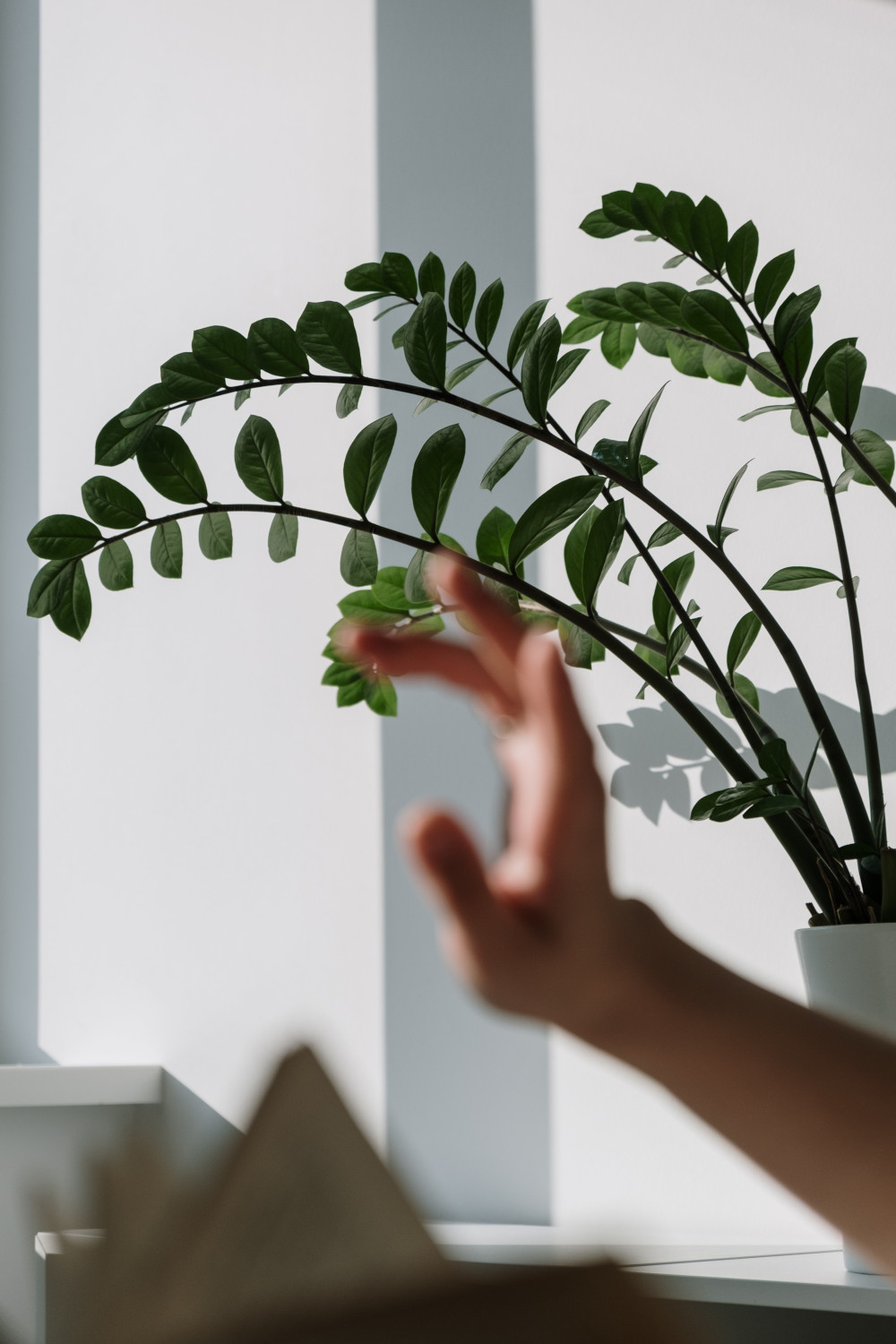
This plant is distinguished by its quarrelsome nature: it either oppresses the neighbors of other species, or it withers itself. Therefore, it is best to allocate individual space to the tree.
If you want to grow a large specimen of ZZ plants, it is advisable to place it no more than two meters from the window.
Dieffenbachia
At home, it grows quickly, in just 5 years it reaches a height of 1.5-2 meters. In indoor culture, it blooms very rarely.
Feels good in semi-dark lighting. And you should not install a flower pot with a flower on the south side of the apartment, because direct sunlight can negatively affect its visual appeal and vital functions.
A prerequisite for keeping a decorative beauty is the absence of drafts and sharp fluctuations in air temperature.
Maranta
Mostly arrowroots are grown for the sake of beautiful leaves, which range from linear-lanceolate to oval-round, usually green in color with patterns of different shapes and shades. Blooming arrowroot at home is quite difficult to achieve, but if it works out, the flowers usually grow white and small.
If the home arrowroot is in direct sunlight, then the adult leaves can lose their color, and the young leaves will grow smaller. Then let me recommend that you rearrange the plant in a shaded place, it will obviously be better there.
Abundant watering and less direct sunlight are two important things to consider for better Maranta growth.
Aglaonema
Large leaves are decorated with silvery veins and are always turned towards the light. Aglaonema will grow in the depths of the northern room while looking bright and stylish.
The plant is thermophilic and demanding on the soil, does not tolerate drafts. Aglaonema is best grown for 5-7 years and then changed, propagating with apical cuttings.
Chlorophytum or Spider plant

Popular low-rise green pet of our apartments. I received love for myself, thanks to the minimum requirements for care, beautiful appearance, high ability to purify the air.
The plant can withstand even full shade, but for this it is better to grow it in the right conditions from the very beginning or gradually accustom it to the lack of light, shading more and more each time.
Ferns

Ferns grow in nature - in the thick of a dark forest, where sunlight practically does not reach. Such living conditions also report that ferns do not like dry air - the humidity must be high, so they are even suitable for a bathroom.
In the dark, coolness, the plant feels good, does not require a change in climate during the year, a bright dormant period in winter, and no phase of active rapid growth in summer is observed.
To reduce the amount of watering, follow the advice and cover the soil with moss. And ordinary spraying will help to increase the humidity.
Climbing shade-tolerant
Philodendron
In order for the philodendron to be lush and beautiful, you should choose the right place for it. This plant belongs to heat-loving plants, but the plant does not require special temperature conditions. But need to avoid direct sunlight on the plant.
Syngonium
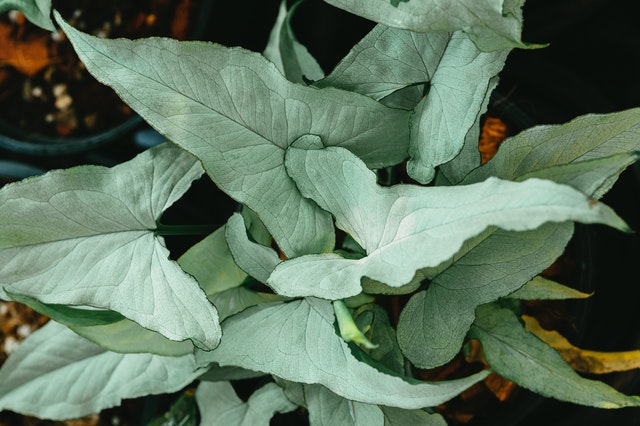
This plant is popular among flower growers due to its arrow-shaped foliage. It is also one of the fastest-growing plants that are easy-to-care at the same time.
Syngonium can be grown on the north window. On the southern window, such a flower will be excessively hot and this negatively affects the decorative effect of the plant.
Ivy
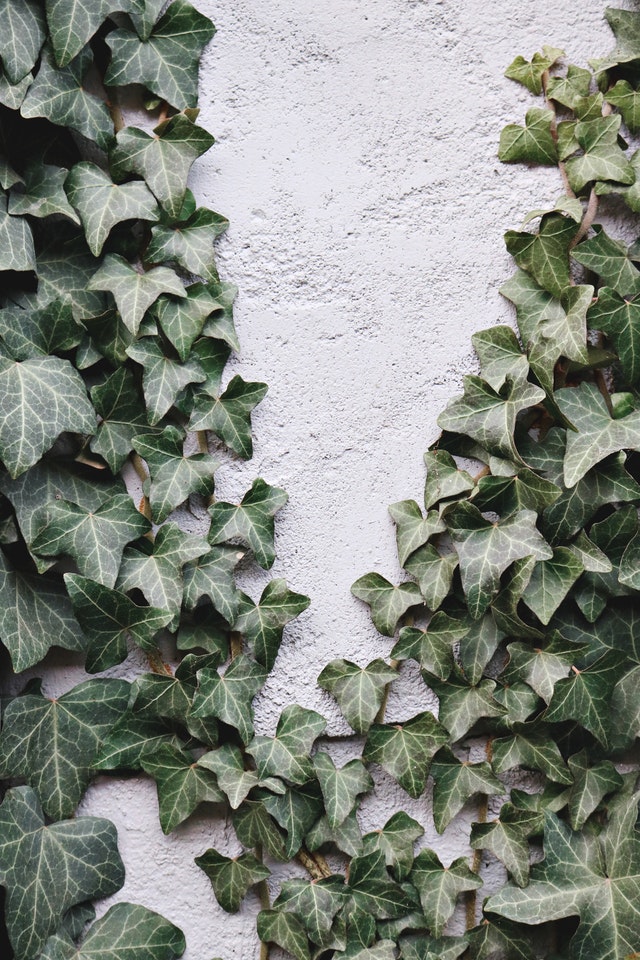
If you are not yet familiar, neither variety likes direct rays, but the lighter the leaves, the lighter the place the loach needs. But the dark green representatives of the serpentine quietly grow even in the absolute shade.
Ivy, like most climbing plants, requires the presence of supports, garters on which it can curl - therefore, think over the location in advance, in the future it will not be easy to transfer the structure.
Flowering plants
Anthurium
It is a spectacular inhabitant of northern windows with large fleshy leaves. Its flowers are also large, the shade depends on the variety: from white to bright red, even black.
"Male happiness" cannot be called the most shade-tolerant indoor plant, but without direct sunlight, it feels quite comfortable.
Spathiphyllum or Peace Lily
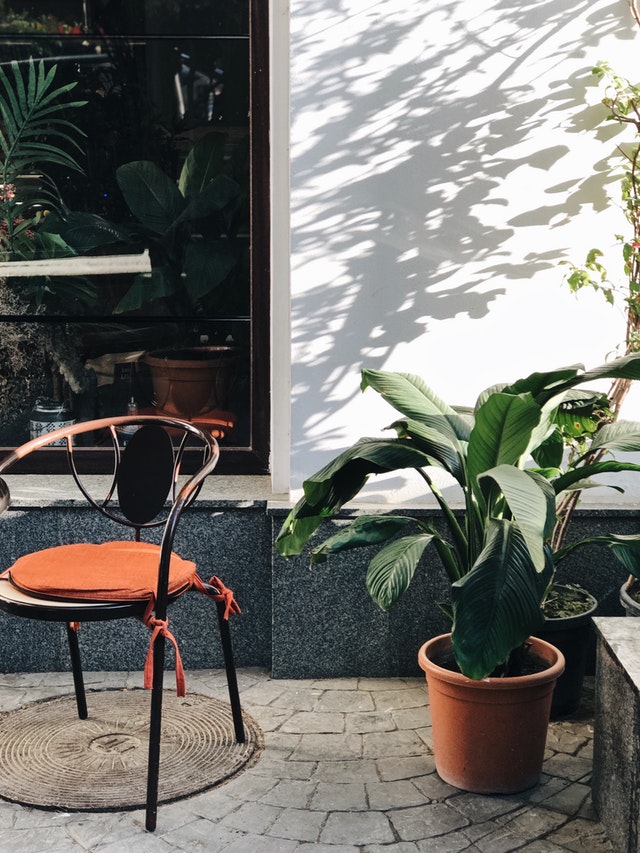
This flower is considered unpretentious, and in order for it to grow and develop normally, it must be watered abundantly, and also maintain high humidity in the room.
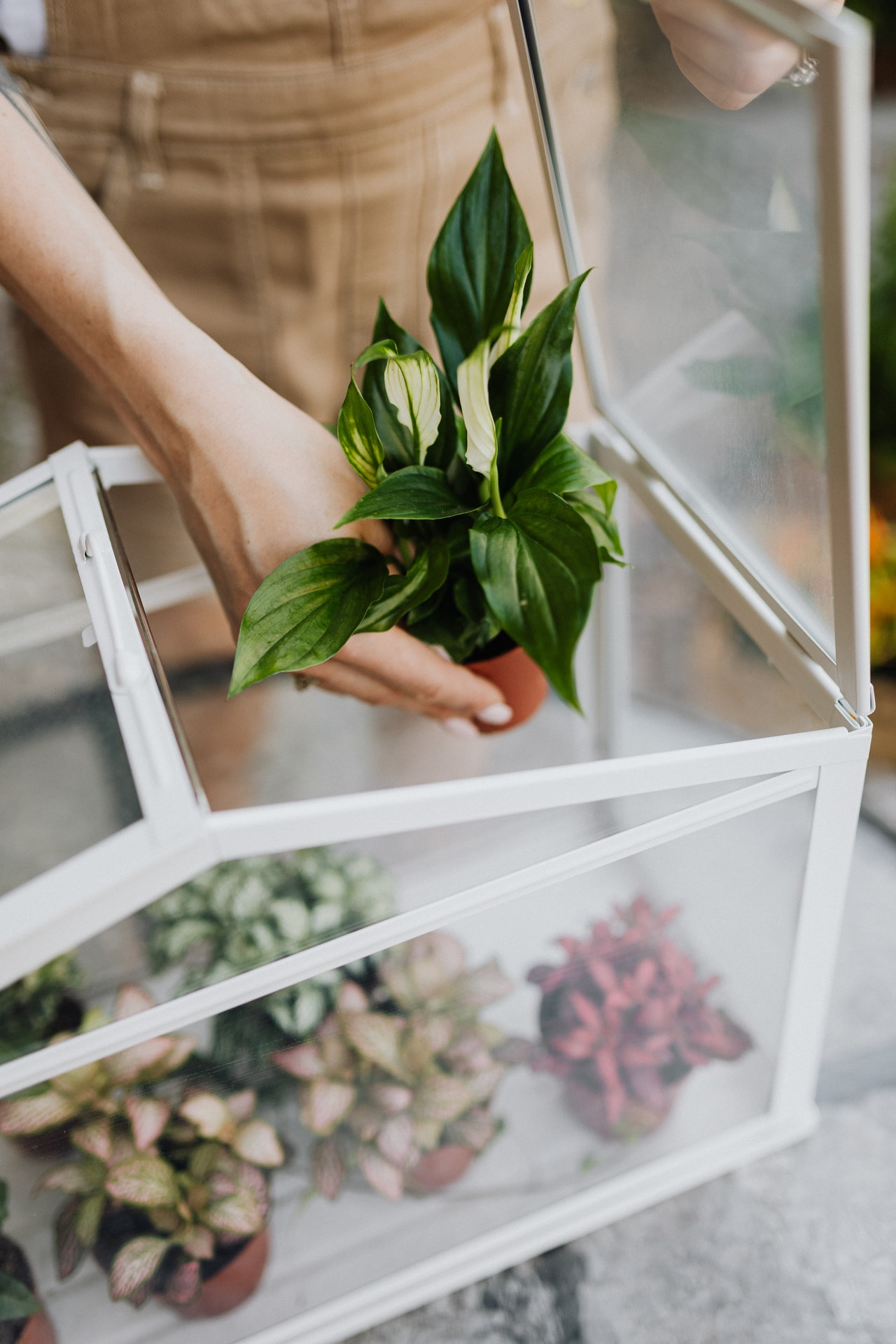
In addition, when a suitable place is found for a herbaceous plant, it can bloom almost all year round. In addition, spathiphyllum begins to bloom at a fairly early age - after 6-7 months. Flowers keep for quite a long time. Therefore, spathiphyllum flowers are also used for cutting for bouquets.
Large-sized plants for home
Monstera
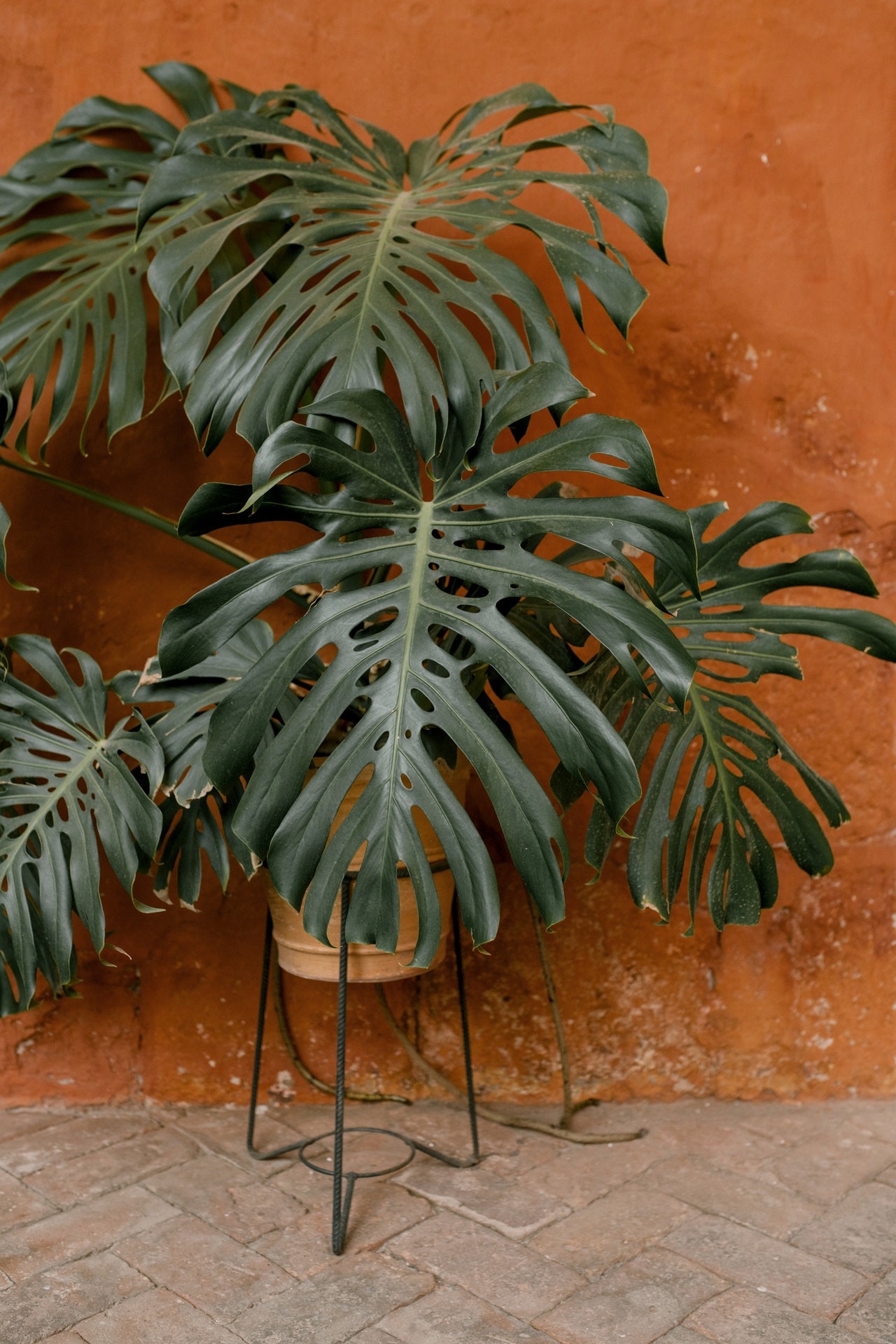
In the tropical jungle, Monsteras live in the low of light and at very high humidity. When starting a Monstera in your home, make sure that in the future you have enough space for this powerful plant with huge dissected decorative leaves.
Fatsia
This plant is used for interior decoration. If you fertilize the bush correctly and provide it with good care, then in just 2 years its height can reach about 100 cm. In order to form a spectacular crown, the bush should not interfere with its growth.
Instances with green foliage do well in a shaded area, so you can choose north-facing windows for them. But variegated species need a lot of light.